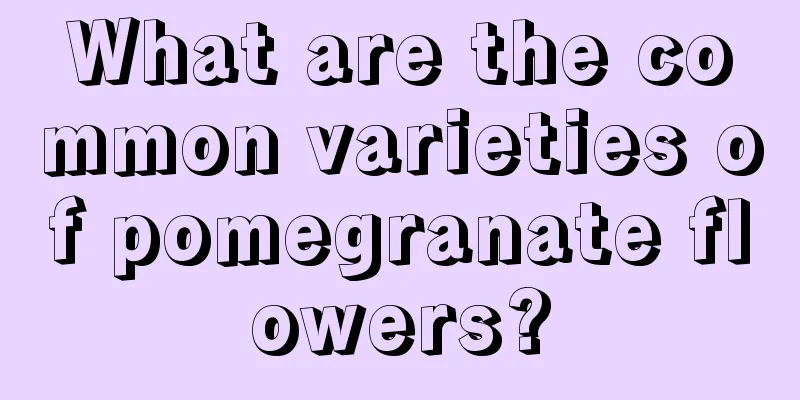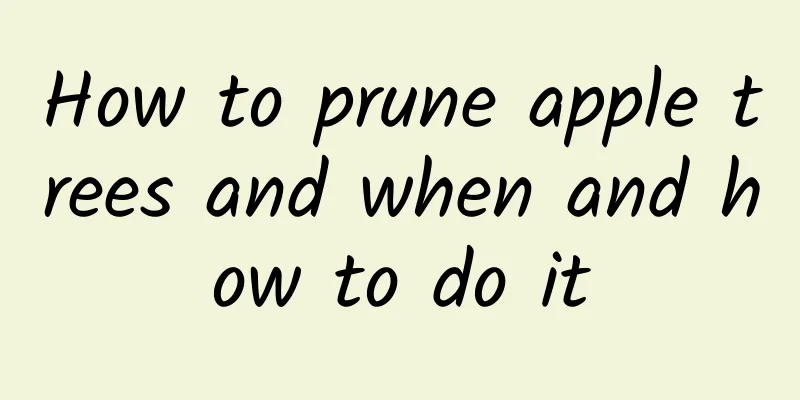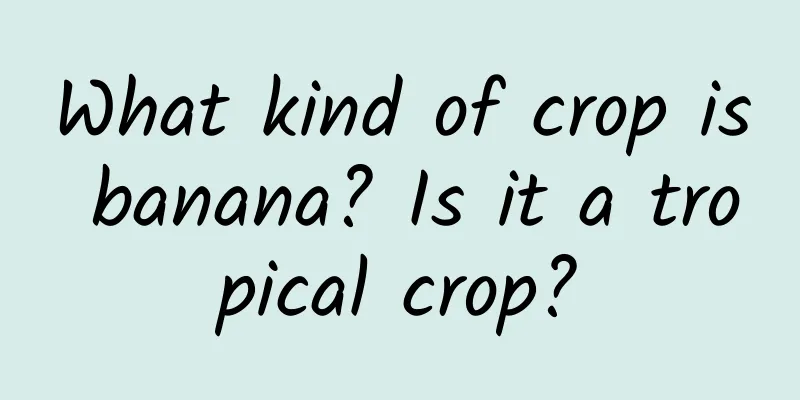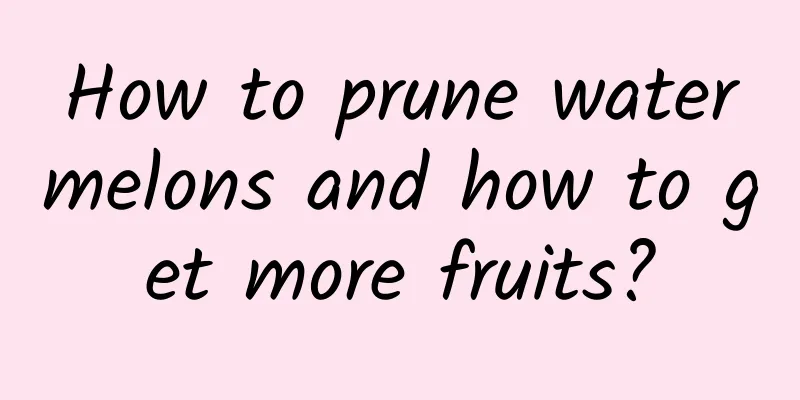What are the common varieties of pomegranate flowers?

PomegranateThe pomegranate fruit is mainly for practical use, but it also has ornamental value. The flowers come in red and white varieties, the fruits come in sour and sweet varieties, and the peels come in red, white, and yellow-green varieties. Pomegranate common speciesWhite pomegranateThe white pomegranate is also called the silver pomegranate. Its flowers are white and its fruits are yellow-white. It blooms from May to June, and the flowering period is relatively late. The flowers are single-petaled, while the double-petaled ones are thousand-petal white pomegranates. Yellow PomegranateThe flowers are slightly yellow, the fruit skin is yellow, the flowers are single-petaled, and the double-petaled ones are called thousand-petal yellow pomegranates. PomegranateAlso called large-fruited pomegranate, the flowers are red and single-petaled. The larger double-petaled flower is the thousand-petal pomegranate, also known as the thousand-layer pomegranate. Agate PomegranateThe flowers are relatively large, with red stripes or white stripes or red and white stripes, and double petals. They are also called thousand-petal pomegranates or glass pomegranates. Deep red pomegranateThe water-red flowers have both single and double petals. PomegranateThe petals in the center are very dense, protruding and stacked layer by layer. The stamens are like fire and the petals are very large. Twin PomegranatesThere are two red flowers blooming on the branches, looking like a pair of beautiful bells. Pomegranate dwarf varietyRose PomegranateThe flowers are red, single-petaled, and have a long flowering period. The ripe fruit is pink. It is also called monthly pomegranate and four-season pomegranate. The plant is short, about one meter high, with thin, dense branches and lanceolate leaves. The double-petaled ones are the thousand-petal rose pomegranate. Black PomegranateThe flowers are red, and both the flowers and fruits are very small. The fruits turn purple-black-brown when ripe. This is the end of the introduction to the varieties of pomegranate flowers. I hope it will help you understand pomegranate flowers. |
<<: Cultivation methods and precautions of Ligustrum lucidum
>>: There are several types of elm trees
Recommend
Is the peace tree poisonous?
1. Is the peace thyme tree poisonous? It does not...
Common species of red yew
Yellow-budded red yew The yellow-bud red Ruimu is...
How to prune elmleaf plum
1. Prune the main branches Prunus armeniaca is a ...
Keeping water spinach at home is nutritious and has many benefits, and the key is that it is easy to grow
Water spinach is a vegetable that we often eat at...
Can asparagus fern be watered with Coca Cola? The correct way to water asparagus fern with Coca Cola
Can asparagus fern be watered with Coke? Asparagu...
How long is the growth cycle of a palm tree?
Palm Tree Growth Introduction Palm trees are suit...
Key points for strawberry management in November
With the arrival of November, the temperature dro...
Where does mangosteen grow? On trees or on the ground? Where does the mangosteen fruit grow on the tree?
Mangosteen is an evergreen tree that takes more t...
What to do if the leaves of Bear's Paw become soft
Why are the leaves of Bear's Paw becoming sof...
Which flowers are suitable for growing in autumn? These 6 kinds of flowers are easy to grow and beautiful!
Jasmine 1. The taste is light and elegant Jasmine...
Planting and cultivation techniques of poplar
Poplar is the main timber species in my country a...
What flowers are suitable for growing in Qingdao? What are the city flowers and trees?
1. Climate characteristics of Qingdao Qingdao has...
What are the breeding methods and precautions for rhododendron
Cuckoo breeding method Azalea is a deciduous shru...
How many years does it take for the walnut tree to bear fruit?
Introduction to Planting Hemp Walnut Trees The or...
Plant two pots of it on the balcony, one to prevent colds and the other to reduce inflammation and relieve heat!
Grow a pot of perilla to prevent colds! Speaking ...









